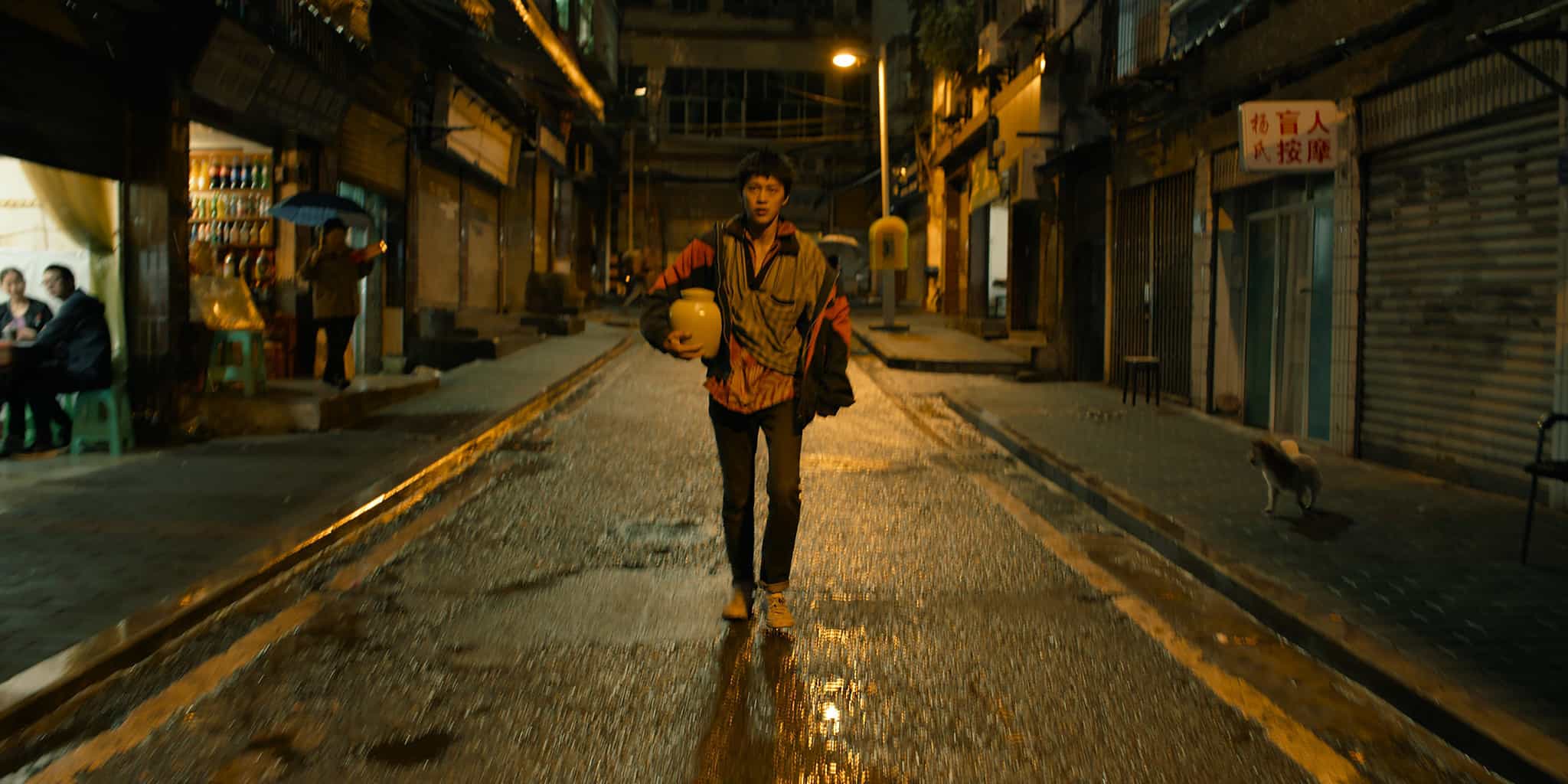“It's not raining here, its only clouds…”
Although its possibilities are seemingly endless, one of the most interesting aspects of art may be to show people and objects in a new way, thus creating new layers of meaning. This is a difficult task and requires not only a patient and creative artist, but also a viewer willing to go on that journey, discovering these new spaces of perception.
In many ways, “That Cloud Never Left” directed by Yahaswini Raghunandan aims to do just that, or more precisely, the people she portrays in her feature create new meaning for the medium of film as part of their everyday life. The project of the Indian director may be considered an almost logical next step to her previous features, for example the “Between the Tin Sheets”-project which she co-directed with Ekta Mittal. Whereas the former sought to depict the “changing landscapes of Bangalore”, “That Cloud Never Left” shows rural life, its routine and its possible future. Quite fittingly, Raghunandan's documentary is part of this year's “Bright Future”-section at the International Film Festival in Rotterdam.
“That Cloud Never Left” is screening at the
International Film Festival Rotterdam 2019

In the village of Daspada, about 200km from Calcutta, citizens go about their daily routine, tending to their farms and other ventures, manufacturing toys, for example. These are mostly made of clay, cane, plastic, wires, papers and old 35mm film reels of old Bollywood movies. While some make flutes, others make rattles or merry-go-rounds with the help of these materials.
Besides showing the manufacturing process of the toys, Raghunandan intersperses these sequences with various fragments of the villager's daily life, such as children playing games or family discussions, as well as colorful scenes containing some of the colored bits of films used in for the toys.

In the description of the “Between the Tin Sheets”-project, it says the feature aims to present the “unremarkable landscapes” and “fleeting moments” which are part of the lives of the people she portrays. As a result the film highlights not only the connection of individual and space as a unit of meaning, but also how meaning is something which can be attached arbitrarily and creatively. In the case of “That Cloud Never Left” this process is one the viewer goes through while watching people actively (and physically) creating new meaning out of simple and discarded items.
As a result, “That Cloud Never Left” is a truly poetic, experimental film. Especially in the sequences containing colored film or photographed using a colored lens, the various layers of the images are revealed. The addition of sound at times represents a contrast to the image shown.

Considering the products the villagers produce out of the old film stock, Raghunandan seems to have found a quite suitable way of approaching it. The use of colors, the old films stock and sound often seems to mimic the kind of children's game often shown in the actual film, while also mirroring the event of the lunar eclipse presented in the movie. Occasionally, this might look random or disorienting, for example, when Paromita Dhar's camera turns 360 degrees multiple times, capturing and blurring the environment, its sounds and the visual layers into one. But one also cannot help but feel enchanted by this kaleidoscope of film.
“That Cloud Never Left” is a film about meaning, its creation and how we manufacture or establish it. It is an audiovisual trip reminiscent of 1960s experimental films, both contemplative and playful on many occasions. In the end, this is the kind of experience a cinephile wants to watch on a big screen, because while its premise might sound challenging at first, it is also a film to be enjoyed and be entranced by.
















